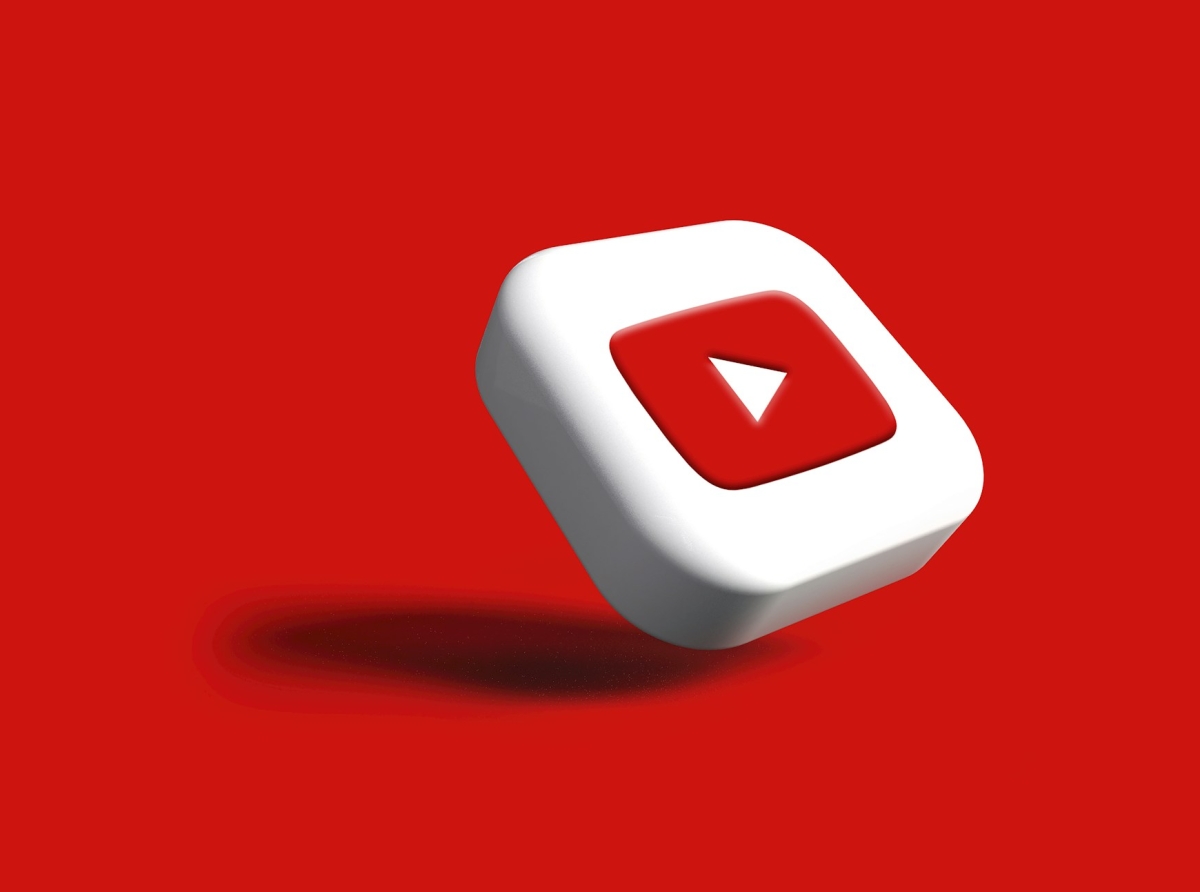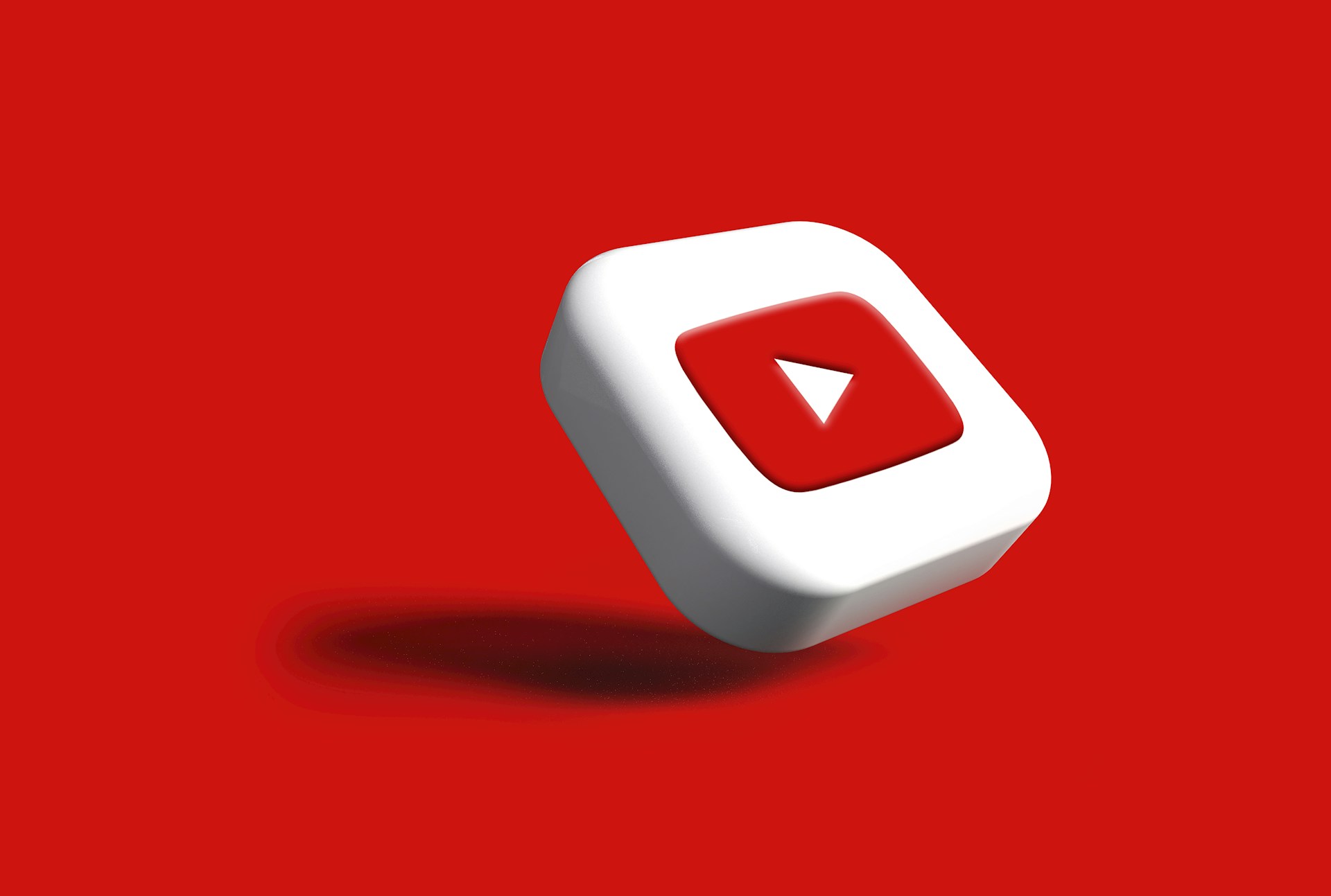YouTube at 20: Poised to Become the Largest Media Company by Revenue

YouTube at 20: Poised to Become the Largest Media Company by Revenue
As YouTube celebrates its 20th anniversary, the platform is on track to become the largest media company by revenue, surpassing industry giants like Disney.
According to analysts at MoffettNathanson, YouTube's valuation could reach an astonishing $550 billion if it were operated as an independent business.
This milestone reflects not only the platform’s dominance in online video but also its transformation into a global media powerhouse that influences how content is created, consumed, and monetized.
According to analysts at MoffettNathanson, YouTube's valuation could reach an astonishing $550 billion if it were operated as an independent business.
This milestone reflects not only the platform’s dominance in online video but also its transformation into a global media powerhouse that influences how content is created, consumed, and monetized.

YouTube at 20: Poised to Become the Largest Media Company by Revenue
From "Me at the Zoo" to a Global Phenomenon
It all began with a humble 19-second video titled "Me at the Zoo," uploaded by co-founder Jawed Karim in April 2005. At the time, YouTube was a simple platform for sharing videos, created by Karim, Steve Chen, and Chad Hurley.Just over a year later, Google acquired the startup for $1.65 billion—a decision that would prove to be one of the most lucrative investments in tech history.
Fast forward two decades, and YouTube has evolved from a niche video-sharing site into a multimedia juggernaut. Today, it ranks as the second most visited website globally, trailing only its parent company, Google.
By April 2023, users had uploaded over 20 trillion videos across formats such as music, short clips, podcasts, and live streams. The platform’s massive scale is matched only by its influence on digital culture and economics.
The Rise of YouTube as a Revenue Powerhouse
MoffettNathanson projects that YouTube will surpass Disney in terms of revenue by 2025, solidifying its position as the dominant player in the media landscape. According to Nielsen’s latest rankings, YouTube already leads in total TV viewing time, capturing 12% of all U.S. viewership—more than Disney, Fox, or Netflix.What sets YouTube apart is its unique business model. Unlike traditional media companies that invest heavily in original content, YouTube relies on its vast community of creators to generate material. As Michael Nathanson, co-founder of MoffettNathanson, explains, “They don’t need to invest in content. They just hope the creator community comes to them and builds their business.”
This strategy has proven remarkably effective. Advertisers flock to YouTube because of its unparalleled reach and engagement metrics. Moreover, the platform offers subscription-based services like YouTube Premium, YouTube Music, and YouTube TV, which contribute significantly to its revenue growth. Nathanson estimates that YouTube Premium and YouTube Music currently boast around 107 million paid subscribers, with projections to grow to 145 million by 2027. Meanwhile, YouTube TV is expected to attract approximately 11.5 million subscribers by the same year.
Challenges Ahead: TikTok and Antitrust Scrutiny
Despite its success, YouTube faces significant challenges. One of its biggest competitors is TikTok, whose explosive rise during the pandemic reshaped the social media landscape. To counter TikTok’s dominance in short-form video, YouTube introduced Shorts , a feature designed to compete directly with TikTok’s vertical, bite-sized clips. While Shorts has helped YouTube maintain relevance among younger audiences, Nathanson notes that it hasn’t translated into substantial revenue gains.“The format probably helps them increase engagement,” he says, “but I don’t think it boosts revenues.” Monetizing short-form content remains challenging due to lower ad rates compared to longer videos.
Another looming threat comes from regulatory scrutiny. In recent years, Google—and by extension, YouTube—has faced intense antitrust investigations in the U.S., particularly regarding allegations of monopolistic practices in online advertising. A federal judge recently ruled that Google illegally monopolized parts of the ad market, raising concerns about potential divestitures. Some analysts speculate that YouTube could be spun off as a standalone entity to comply with antitrust regulations. If this happens, the platform’s valuation could skyrocket even further.
Google’s Lifeline Amid AI Disruption
YouTube’s importance to Google cannot be overstated, especially as the latter grapples with emerging challenges in its core search business. The rapid rise of AI-powered chatbots like ChatGPT and Claude threatens Google’s dominance in online search. Simultaneously, increased regulatory pressure adds uncertainty to the company’s future.In this context, YouTube serves as a critical growth driver for Alphabet, alongside Google Cloud. Together, these divisions account for more than 30% of Alphabet’s total revenue and represent its fastest-growing scalable businesses. Should search activity decline in the long term, YouTube provides a robust safety net.
“Even if search declines someday, YouTube will still be there,” Nathanson observes. “It’s a key pillar of Google’s business strategy.”
The Economics of Creators and Viewers
One of YouTube’s enduring strengths lies in its symbiotic relationship with creators and advertisers. Over the past two decades, the platform has democratized content creation, enabling millions of individuals to build careers through ad revenue, sponsorships, and memberships. This ecosystem benefits not only creators but also advertisers seeking highly targeted audiences.However, competition from platforms like TikTok poses risks to YouTube’s creator economy. Younger users increasingly gravitate toward TikTok for its algorithm-driven discovery and creative tools. To retain its edge, YouTube must continue innovating while addressing criticisms about fairness in revenue sharing and support for smaller creators.
Looking Ahead: What’s Next for YouTube?
As YouTube enters its third decade, several trends will shape its trajectory:Monetization Innovations: The platform is likely to experiment with new ways to generate income, such as expanded e-commerce integrations and virtual events.
AI Integration: Advances in artificial intelligence could enhance personalization, improve ad targeting, and streamline content moderation.
Regulatory Pressures: Depending on the outcome of ongoing antitrust cases, YouTube may face structural changes, including a potential spin-off from Google.
Global Expansion: With billions of users worldwide, YouTube has untapped opportunities in emerging markets, where internet penetration continues to grow.
Conclusion: A Legacy of Innovation
Two decades after its inception, YouTube has transformed from a quirky video-sharing site into a cornerstone of modern media. Its ability to adapt to changing consumer preferences, embrace new technologies, and foster a thriving creator economy has cemented its status as a cultural and economic force.
While challenges loom—from TikTok’s meteoric rise to antitrust scrutiny—YouTube’s resilience ensures it remains a formidable player in the digital age. Whether operating under Google or as an independent entity, YouTube’s journey exemplifies how innovation can redefine industries and connect people across borders.
Two decades after its inception, YouTube has transformed from a quirky video-sharing site into a cornerstone of modern media. Its ability to adapt to changing consumer preferences, embrace new technologies, and foster a thriving creator economy has cemented its status as a cultural and economic force.
While challenges loom—from TikTok’s meteoric rise to antitrust scrutiny—YouTube’s resilience ensures it remains a formidable player in the digital age. Whether operating under Google or as an independent entity, YouTube’s journey exemplifies how innovation can redefine industries and connect people across borders.









Report
My comments